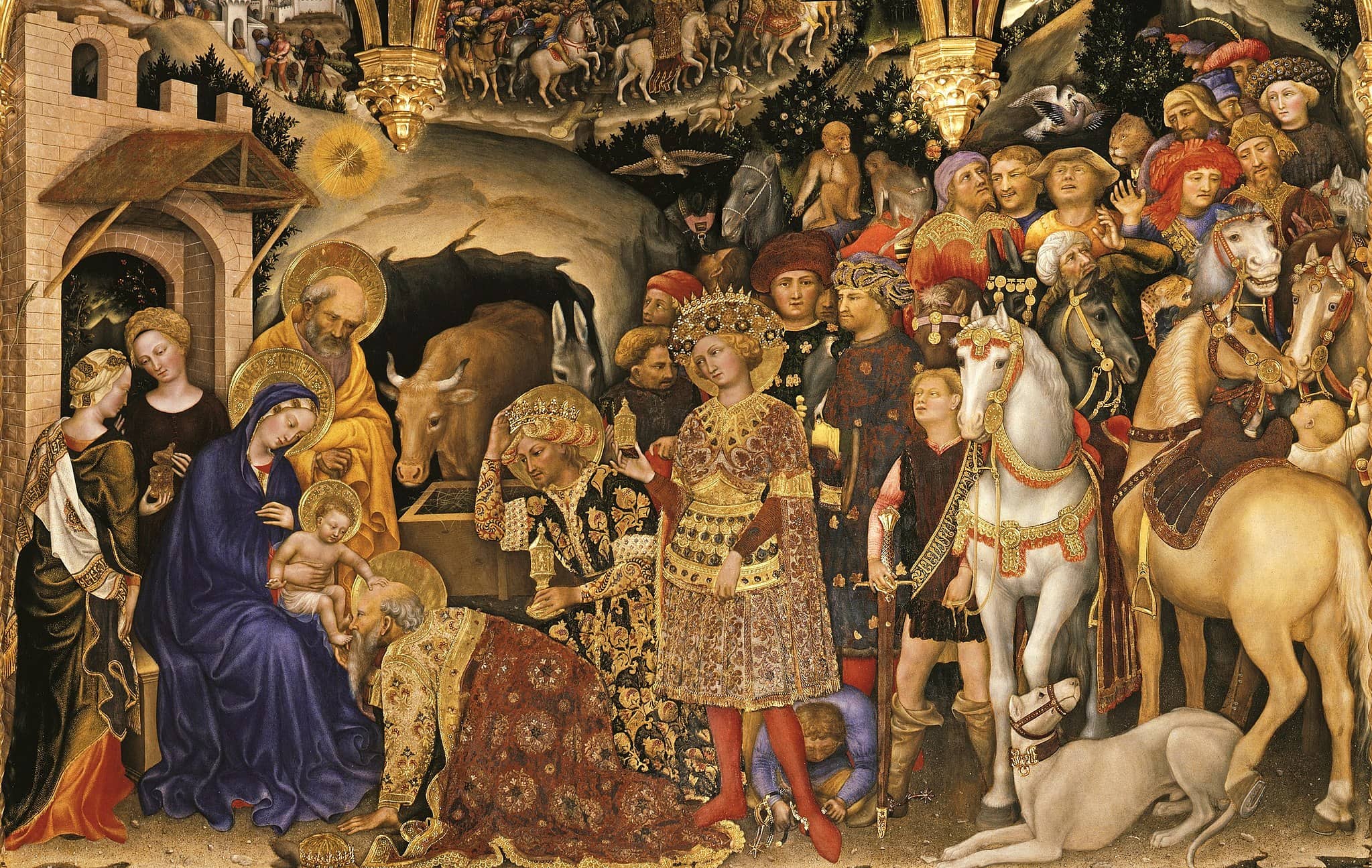Like literature, the arts also gradually moved away from the standardized Roman forms toward newer achievements that introduced as the barbarians merged their arts with of the lands they settled. The early great churches of important imperial cities as Milan or Trier were still secular structures taken over from the secular of the Romans, but innovations were tried former Christian structures, especially baptisteries, detached from the main church. Some were square, others many-sided; rich mosaic decoration became common.
As soon as a barbarian tribe was firmly established in its new territory, its kings, as a matter of prestige, built churches—often small, and generally imitative of the Roman models. While most of these structures have disappeared, we know from contemporary written accounts and archaeological research that they often had domes and tin or gilded bronze roof tiles that shone in the sun.
To find clear-cut examples of the kind of art the barbarians brought with them, it is easiest to turn to goldsmithing and jewelry. Fleeing before the Huns, the Germans who had settled along the shores of the Black Sea brought with them objects made by local craftsmen characterized by brilliant color and the use of gems or colored glass for ornamentation. The Vikings also produced magnificant jewelry often embellished with gold, silver, and niello, in which silver, copper, lead, and sulfur were combined.
The influence of the East, greatly stimulated by the influx of barbarians, led to the gradual abandonment of realistic representation of humans and beasts in art. Imported Byzantine silver, ivories, and textiles, as well as Byzantine monuments like those of Ravenna helped speed the change in styles. The Carolingian period brought a new flowering of the arts. Surviving monuments in Italy gave the artists some of their inspiration, and Charlemagne’s ability to attract the best craftsmen from everywhere in Europe enabled them to put their ideas into practice.
It was largely through book illustration—the illumination of manuscripts—that inspirations from one region or one school could intermingle in other regions with influences from other schools. So north Italian books that embodied all these classical and Byzantine influences traveled across the Alps into Gaul and into Britain with Gregory the Great’s missionaries. In due course the same influences penetrated into Germany.
Charlemagne enjoyed receiving foreign travelers, many of them, especially officials, bringing rich gifts— relics, books, textiles, jewels. In 796 arrived a treasure trove captured from the Avars, who had been pillaging for two centuries. It filled sixteen oxcarts. The most sensational present—a white elephant was sent in 802 by the caliph at Baghdad, Harun al Rashid.
Harun also sent Charlemagne a clock of gilded bronze with twelve mounted mechanical knights who, on the stroke of noon, emerged from twelve doors that shut behind them. Perfumes, silken tents, oriental robes abounded. The exotic atmosphere of the court remained a vivid memory for many centuries after the glory had departed.
Reflecting upon the Carolingian artistic explosion as well as upon a galaxy of writers that ranges from Boethius and Pope Gregory the Great to Isidore of Seville, the Venerable Bede, and the author of Beowulf; no scholar would now seriously maintain that the early Middle Ages in the West were “dark.” Troubled, yes; often agonizingly wretched, yes; but certainly not dark.

